Gene-centrism (defined as genes create and control the organism) is bad biology, not because it is an ideology or a philosophy, but because it is an incorrect description of what happens in a cell. Gene-centrism is embedded in the language in which biologists usually write and think about DNA. In order to eliminate gene-centrism, we need to take a fresh look at the role of DNA in cells and organisms. Criticisms such as "DNA is not the book of life" and "DNA is not a blueprint" are too vague and ineffective.
Here is an example of DNA centrism:
"Central to this are enhancers and promoters, DNA sequences that dictate the location, timing, and intensity of gene expression."
from: A tighter grip on gene expression, Science 3 Jul 2025.
Please note: "dictate"! and "timing"! . Especially, 'timing' is mysterious. How do DNA sequences dictate timing? I asked the author. No reply. I think this is a sloppy language caused by a mindless DNA-centric view. In general, the question is not asked: Does the genome control the cell? Or does the cell control the genome? Since 'the genome controls the cell' seems to be the default position, it is not a well-argued position. Therefore, it is better to refer to 'causes' than 'reasons' for gene-centrism. [4]
The many causes of gene-centrism:
- Gene-centrism became popular in biology because of the successes of Mendelian genetics, population genetics and the theory of evolution.
- The discovery of the structure of DNA by Watson and Crick and the subsequent unravelling of the genetic code started a revolution in biology.
- Crick's Central Dogma of molecular biology established that DNA is the source of information.
- Mutations in DNA were found to be the main source of hereditary variation
- Natural selection acts upon heritable variations.
- Adaptation. Every phenotypic change that is not inherited, is lost.
- The success of Dawkins' The Selfish Gene entrenched gene-centrism in evolutionary thinking.
- DNA sequencing became the most important method in evolutionary research (evolutionary relationships, phylogenetic trees)
- Evolutionary Developmental biology (evo-devo): homeobox (hox) genes explain how genes build the organism (the body plan) [5].
- Clinical genetics showed again and again that hereditary diseases were caused by mutations in DNA and that DNA-therapy is the cure for genetic diseases
- SARS-CoV-2 has shown dramatically that viruses, which only contain DNA or RNA, have control over our bodies. mRNA COVID-19 vaccines have shown that mRNA is the active ingredient.
- Identical twins: Why do they look so much alike? Is there a better proof than identical twins?
- Synthetic genomes control the host cell [3]
In 1859 there was a big hole in Darwin's theory of evolution. He lacked a theory of heredity. In 1900 Mendelian genetics, and in 1953 the double-helix filled in the hole and transformed biology. Now, biology has a solid theory of heredity. DNA transformed the theory of evolution, too. The opposite of Darwin's theory has become true: DNA quickly became the centerpiece of the theory of evolution. Yet, this centerpiece obstructed a clear view of the actual role of DNA in organisms.
Objections to gene-centrism:
- Power. Genes have no catalytic capacity, only enzymes have the power to catalyse biochemical reactions. From a biochemical point of view, genes do not have the power to do anything. Why? To perform its function, DNA must be stable. DNA must reliably store sequences. DNA is a repository safely housed in the cell nucleus. DNA is passive in the sense that it doesn't initiate biochemical reactions. DNA is acted upon by other molecules: proteins and enzymes. The only 'active' thing DNA does is Watson-Crick base pairing.
- Crick's Central Dogma of molecular biology established that DNA is the source of information, but not the cause of building and maintaining the organism [5].
- Replication: "Replication is the goal of selfish genes. Selfishness is a metaphor for the relentless drive of a gene to be copied and passed on to the next generation". Wrong! Genes cannot copy themselves, because that requires enzymes (polymerases). The famous Watson-Crick base pairing is by far insufficient for DNA copying fidelity [1].
- DNA-repair is performed by repair-enzymes [1].
- Natural selection does not act directly on genes. There are no free floating genes in nature upon which natural selection could act. We do not see naked DNA in nature. Genes are always part of genomes, and genomes are always part of individual organisms. Natural selection can only act on phenotypes. Genes can only have effects through the proteins they encode.
- Evolution. Evolution is usually defined as a change in gene frequency in populations of organisms over generations. The language of population genetics is just a kind of bookkeeping. It suggests that genes are all that matter. However, population genetics does not reflect reality. It is an abstract mathematical language. If that implies that genes construct and control our bodies and therefore explain evolution, then it is a misleading language.
- Reproduction. Genes and genomes can be copied, but only individual organisms reproduce. Reproduction is at the organism level. Survival of the fittest individual. Fitness is reproductive success of individuals. Furthermore, what is transmitted to the next generation is never a naked genome, but a genome is always embedded in a sperm and egg cell. Egg cells contain more information and resources than the information present in DNA.
- Splicing. Genes of eukaryotes contain introns and exons. Most eukaryotes use protein-assisted splicing of genes. The selection of splice sites is done by splicing activator and splicing repressor proteins.
- Evolutionary Developmental biology (evo-devo): genes do not build the body. Hox genes produce proteins, but there is still a gap in understanding how those proteins build a three-dimensional body. A genetic explanation is not sufficient [5].
- Gene-therapy, DNA- and RNA-vaccines: although DNA or RNA are the so-called 'active' substances, in the end, the real active component is always a protein. The proteins do the work.
Summary
It would be foolish to deny that DNA is an indispensable component of life on earth. But that does not mean that DNA has the power to create and control the development and maintenance of organisms. DNA is not the Uncaused First Cause! DNA is the source, but not the cause! Writing and thinking about DNA should be free of this kind of bias. The supposed arguments for DNA-centrism are not arguments at all, but just sloppy language. Others [2] have criticized DNA-centrism inadequately. In a follow-up post, I will deal with 'the selfish gene'.
Notes
- Kondrashov: "Despite its beauty, Watson-Crick complementarity is absolutely insufficient to ensure an acceptable fidelity of replication, even with perfect raw materials. ... Fortunately, fidelity of nucleotide attachment depends not on complementarity, but on active involvement of DNA polymerases." see my blogs: Famous Watson-Crick base pairing is by far insufficient for DNA copying fidelity, 20 Jan 2023 and Two Nobel Prizes contradicting each other: Watson and Crick versus Tomas Lindahl 5 Jan 2023.
- For recent criticism, see for example: Philip Ball (How Life Works. A User's Guide to the New Biology) and Denis Noble (The Music of Life. Biology beyond the Genome). Both authors tend to go too far in their criticism. Noble is a biologist, and Ball holds a degree in chemistry and a PhD in physics. In 2024, I posted 3 blogs about Ball's book, see overview page of all DNA blog posts.
- Daniel Gibson (2010) Creation of a Bacterial Cell Controlled by a Chemically Synthesized Genome, Science, 20 May 2010: "...its transplantation into a M. capricolum recipient cell to create new M. mycoides cells that are controlled only by the synthetic chromosome." My emphasis. Please note: "controlled"! The genome controls the cell ! And not: the host cell is able to control the synthetic genome! This heading is a beauty: Let There Be Life ! As if a genome creates life! [added 18 Dec 2025]
- Thanks to an email from Rolie Barth, I added the last few sentences for clarification 18 Dec 2025
- added 21 Dec 2025
Previous post
- What is DNA-centrism? Why is it wrong? 10 Nov 2025

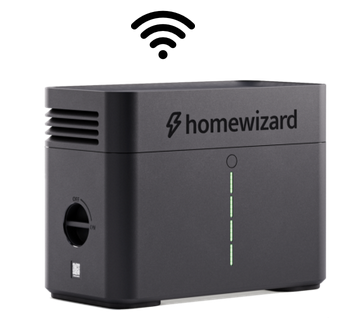
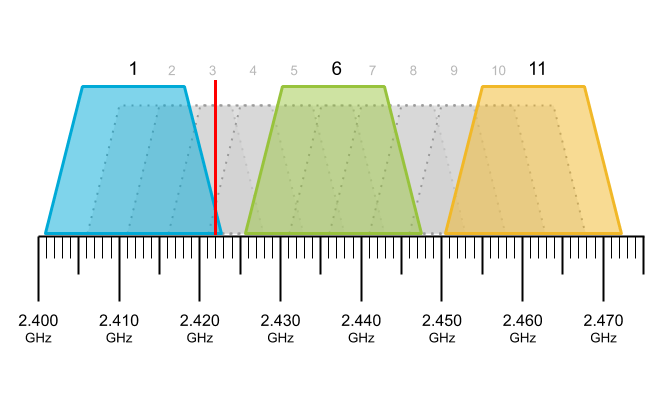


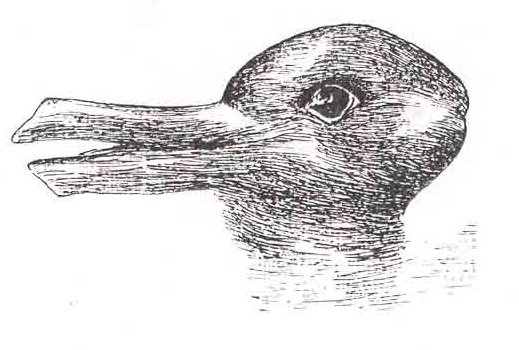
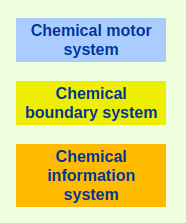
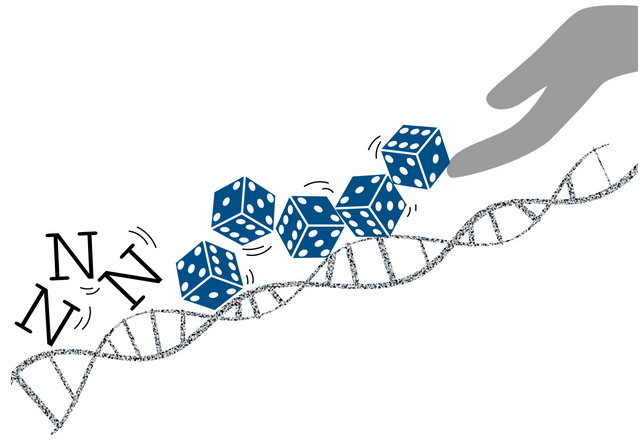
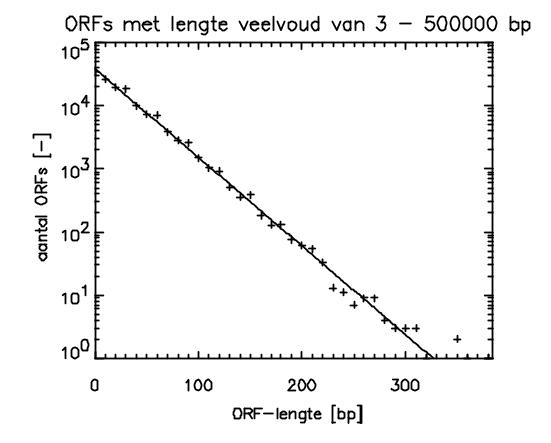
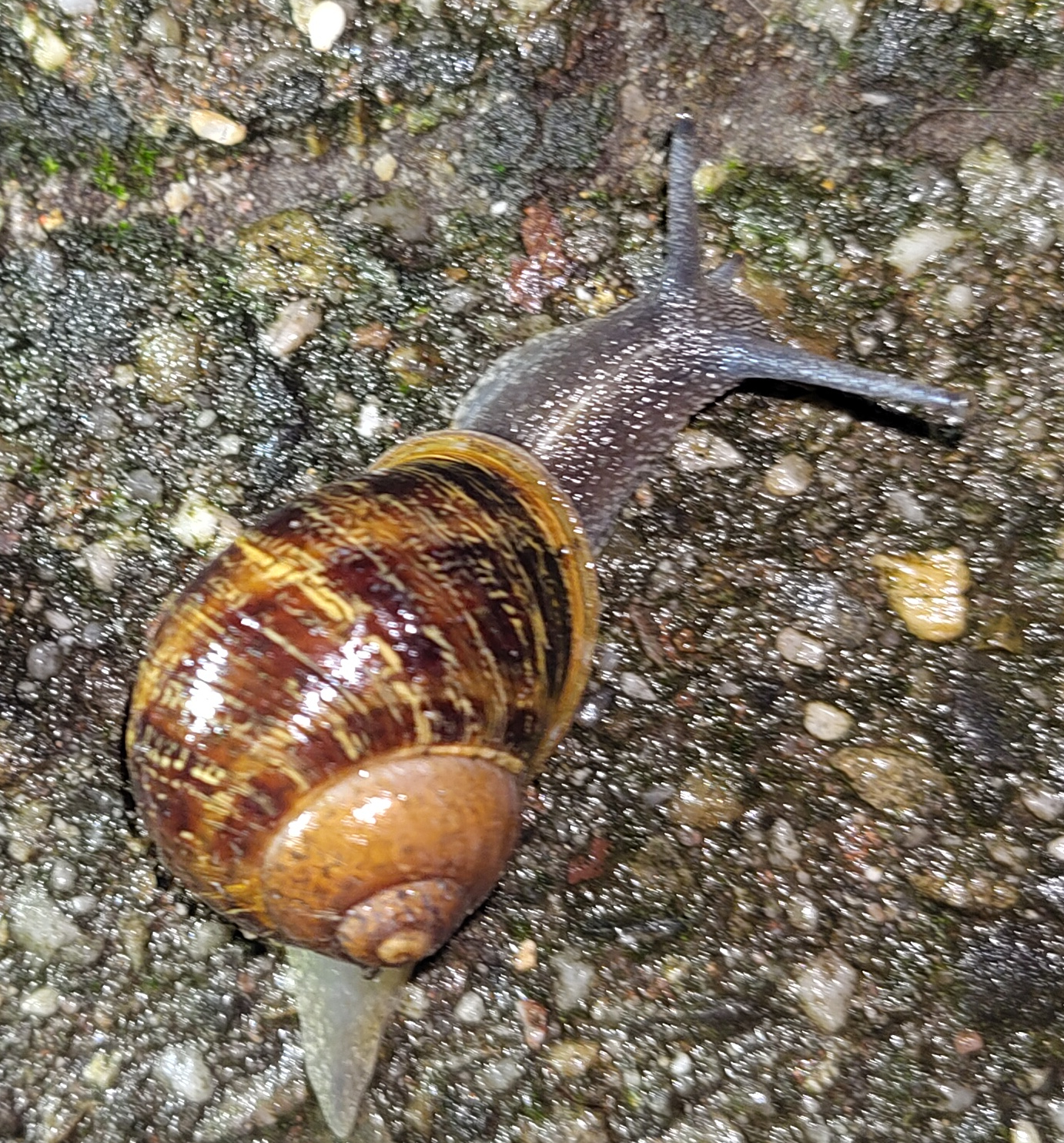
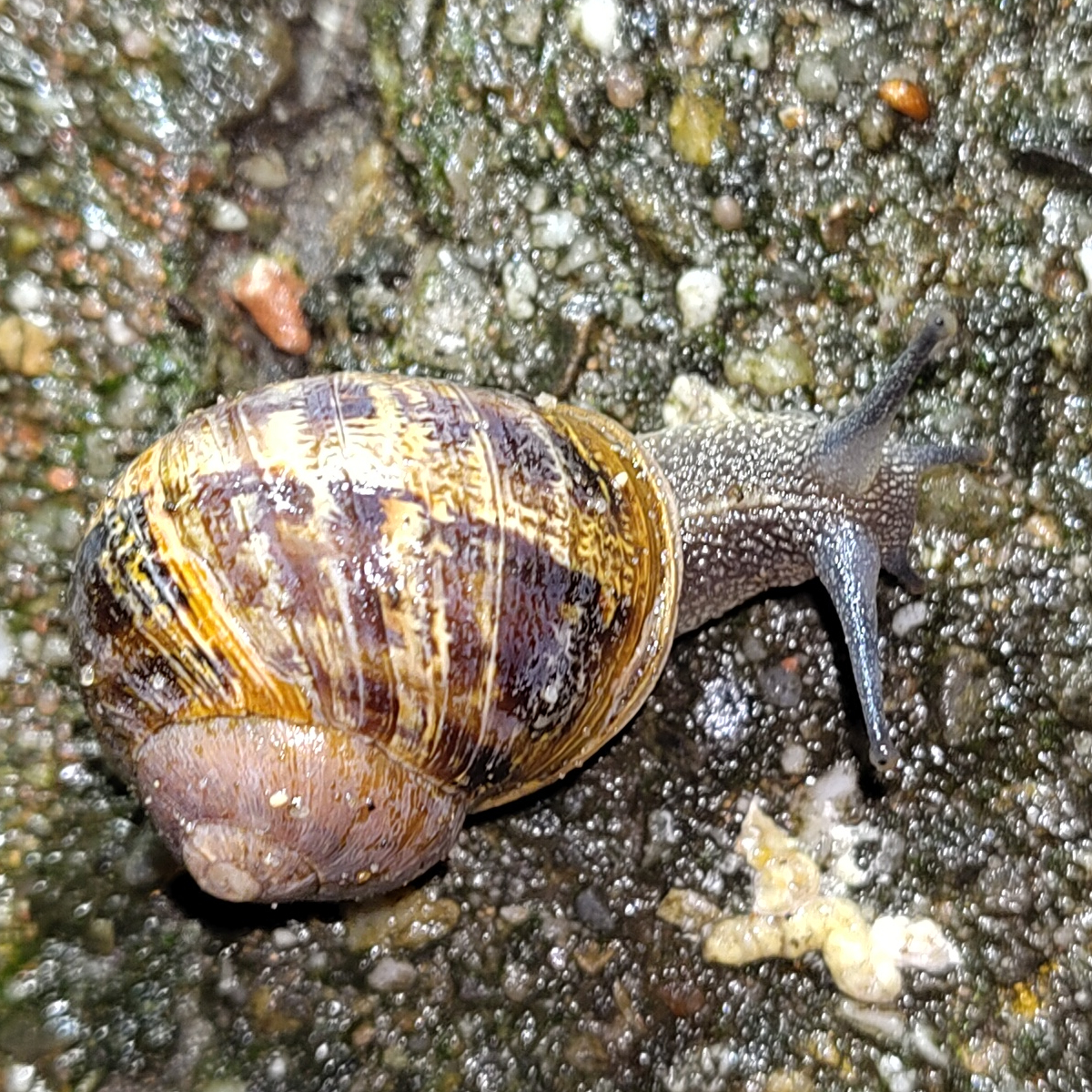

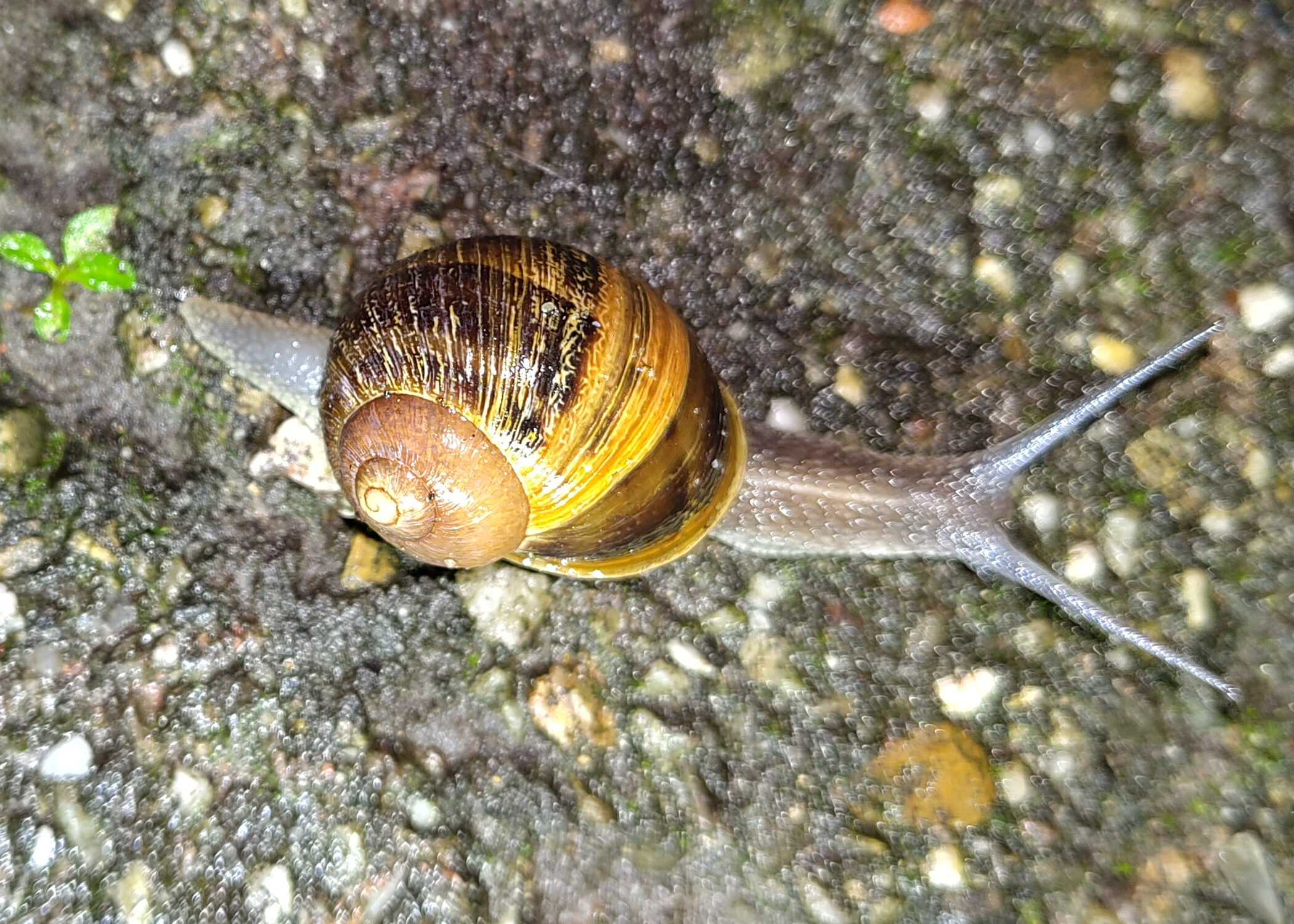
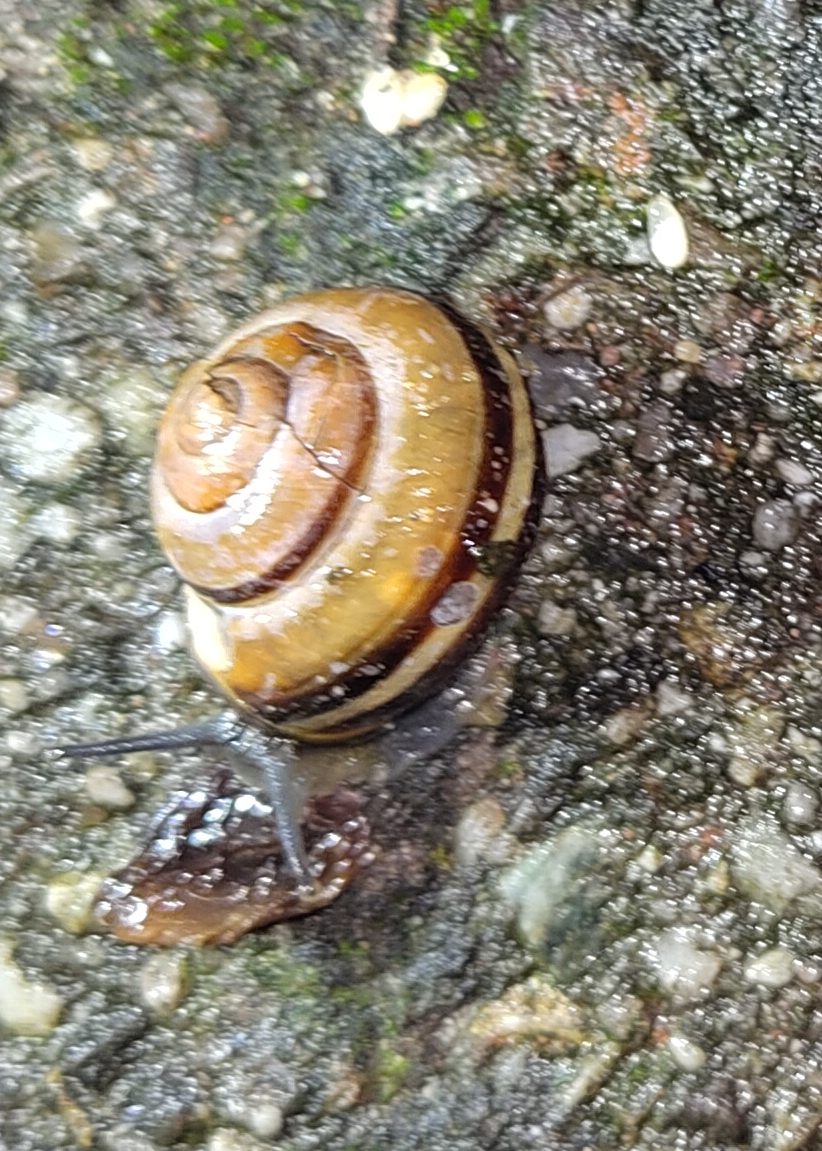
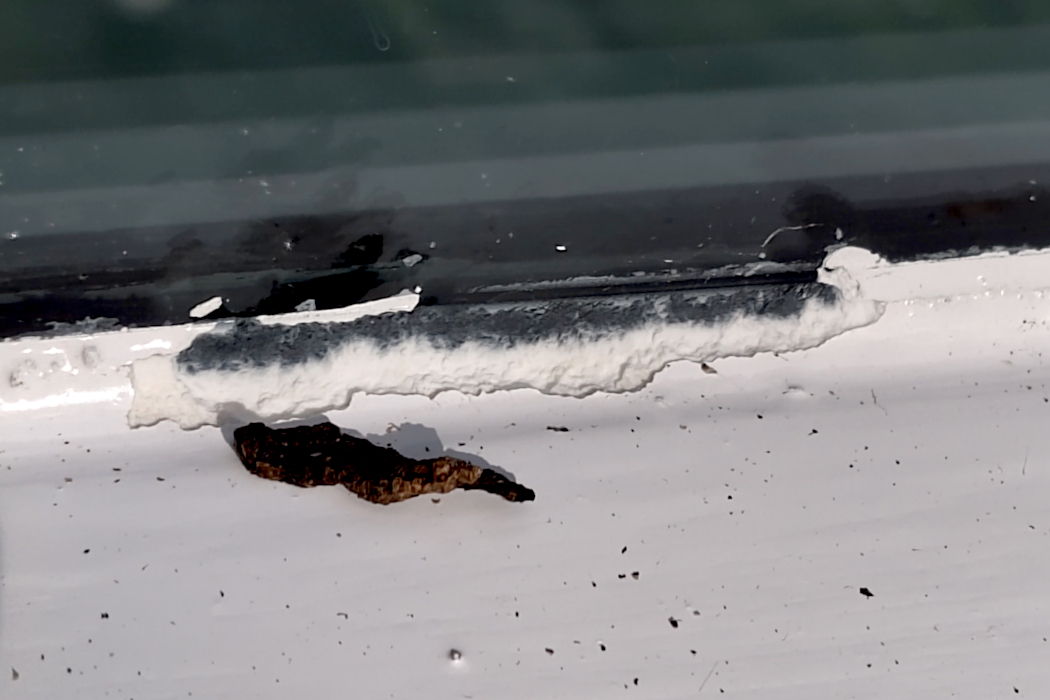
















GGG04358.JPG)
GGG04358detail.JPG)




